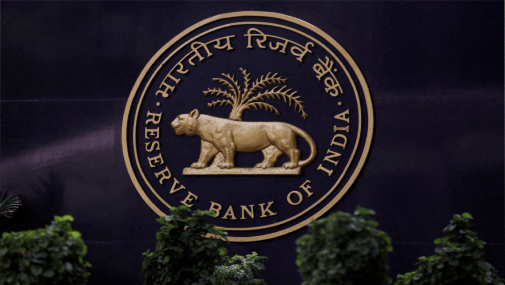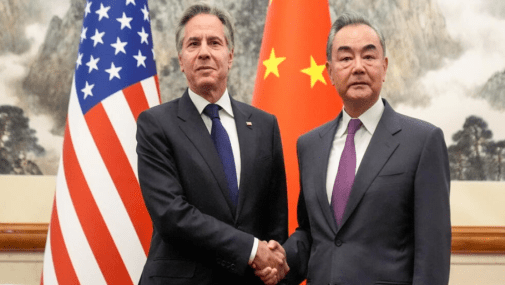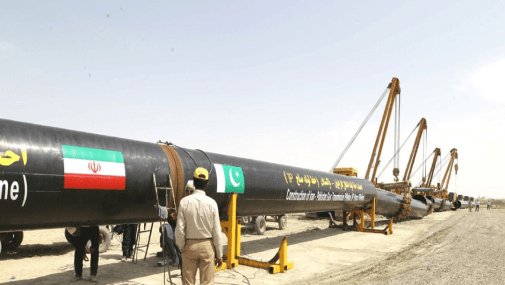Nurturing a Chip Ecosystem
July 23, 2021 | Expert Insights
To secure itself against supply chain bottlenecks in the semiconductor industry, the Indian government has announced domestic incentives to attract chip manufacturing companies. Given that Taipei dominates the foundry market, New Delhi will explore the possibility of joint ventures or collaborations with Taiwanese semiconductor companies.
Background
The rapid growth of the semiconductor industry has been attributed to the invention of transistors in the 1940s. Following this, the first bipolar integrated circuit (IC) was created in the U.S. by Jack Kilby of Texas Instruments and Robert Noyce of Fairchild Semiconductor. Their assembly of electronic components within miniature devices on a semiconductor substrate found numerous applications in electric devices.
Over the years, IC integration advanced even further, with large-scale integrated circuits (LSI) being developed. Eventually, a multifunction LSI with various functions integrated into a single chip, was put into full-scale production.
In the 1970s, Taiwan entered the fray by convincing the Radio Corporation of America to transfer semiconductor technology. With its assistance, the first 3-inch-wafer fab was built, marking the beginning of semiconductor activity in Taiwan. Over the next few years, the Taiwanese government supported private companies with funds and other initiatives to commercialise the semiconductor industry.
Today, the country has emerged as an unparalleled leader in the global semiconductor industry, with the Taiwan Semiconductor Manufacturing Company (TSMC) alone accounting for more than 50% of the global market.
![]()
Analysis
Chips are an integral part of almost all electronic products, with applications ranging from computers and mobile phones to automobiles and medical devices. The semiconductor industry, however, is concentrated in a few Asia-Pacific countries like Taiwan, South Korea, Japan, China and Singapore. This renders the supply chain exceedingly vulnerable to security and geopolitical risks within the region.
In this context, the Indian government has sought to augment its chip building capacity. Although there are fabrication plants in Bangalore, Chandigarh and Hyderabad, they mainly cater to the requirements of organisations like the ISRO (Indian Space Research Organisation) and the DRDO (Defence Research Development Organisation). The country’s commercial semiconductor needs are wholly met through imports. As a result, successive governments in India have been attempting to incentivise companies into setting up units within India.
Most recently, the Ministry of Electronics and Information Technology has sought expressions of interest for “setting up/expansion of existing semiconductor wafer/device fabrication (fab) facilities in India or acquisition of semiconductor fabs outside India". According to reports, it has also promised $1 billion in cash for every semiconductor industry that comes and builds in India.
With a rapidly growing digital economy, the expectation is that the country’s domestic market will prove attractive for chip manufacturers. In fact, India accounts for almost 5% of the global chip demand, with annual consumption growing at 25% per annum.
Apart from a digitally aspiring demography, the country also has a good design ecosystem that can complement chip fabrication. Moreover, proactive government policies like Production-linked incentive (PLI) schemes are expected to scale up manufacturing in the country.
Counterpoint
Despite its ambitious policies, there are several factors that deter fab investments in India. Semiconductor manufacturing is an extraordinarily complex and sophisticated process that entails high capex investments and operating costs.
Secondly, semiconductor companies in countries like Taiwan have expressed concerns about policy inconsistencies and regulatory uncertainty in India. They also apprehend the inadequate availability of infrastructure facilities like power, water and land, apart from supporting industries like logistics, gas and chemicals.
Assessment
Before transitioning to high-end commercial fabs, India will have to explore alternate mechanisms to become a part of the global supply chain. For example, sectors like automobiles and pharmaceuticals can be incentivised to supply raw materials to fabs and OSATs (Outsourced Semiconductor Assembly and Test).
As opposed to manufacturing complex semiconductors used in smartphones, India can target fabs with a node size of 28nm or above. It can also identify ATMP (assembly, test, marking and packaging) businesses that are willing to move to India.
If existing semiconductor companies are willing to share their standard cell libraries with Indian start-ups in the design space, this can function as another avenue for collaboration.
*This article is based on the 104th virtual forum on ‘Semiconductors and Supply Chains in Asia’, jointly organised by the Synergia Foundation and the Taiwan Center for Security Studies. Key participants included Dr. K.D. Nayak (Former Director General, DRDO); Dr. Dennis Hu (Director, Taipei Computer Association); Mr. Rajeev Khushu (Chairman, Indian Electronics and Semiconductor Association); Prof. V Kamakoti (IIT Madras and Member of National Security Advisory Board); Dr. Hon Min Yau (Professor, National Defense University Taiwan); Mr. Premjith Krishnan (Deputy Director, Taipei Computer Association); Prof. V Muralidharan (Centre for Nanoscience and Engineering, IISC); Sumeet Verma (Director, Intel Corporation) and Mr. Krishna Moorthy (CEO, Indian Electronics and Semiconductor Association).








Comments